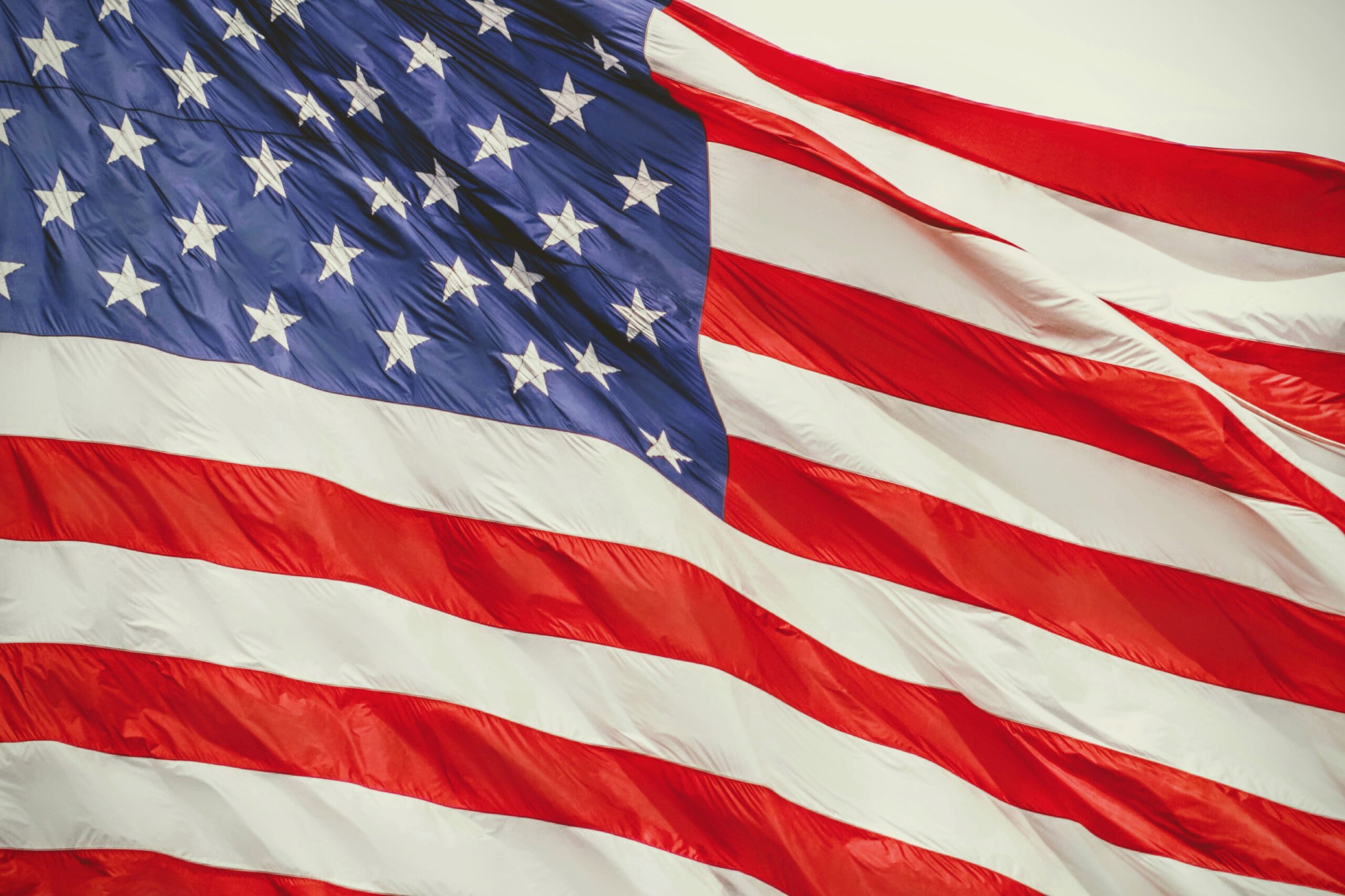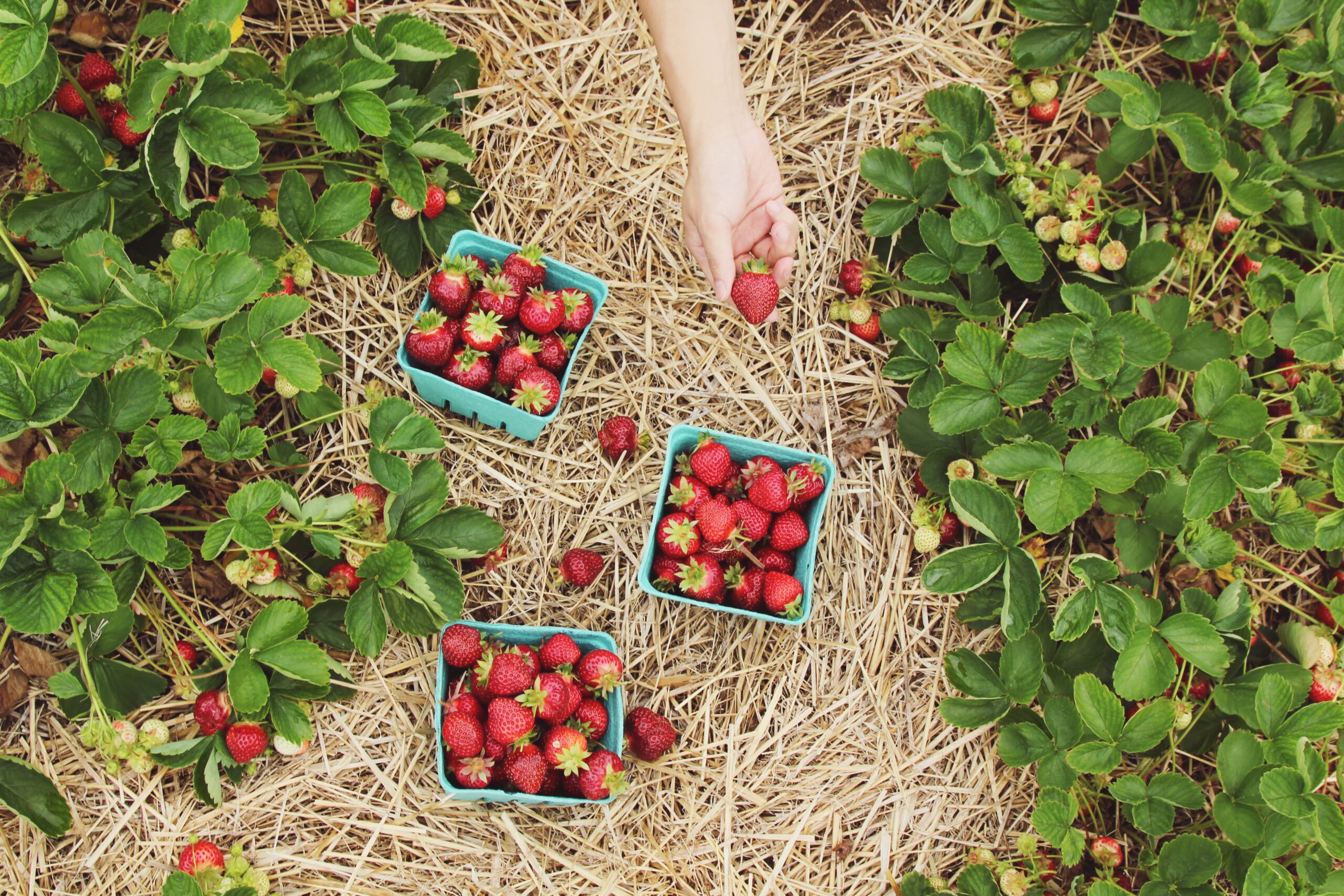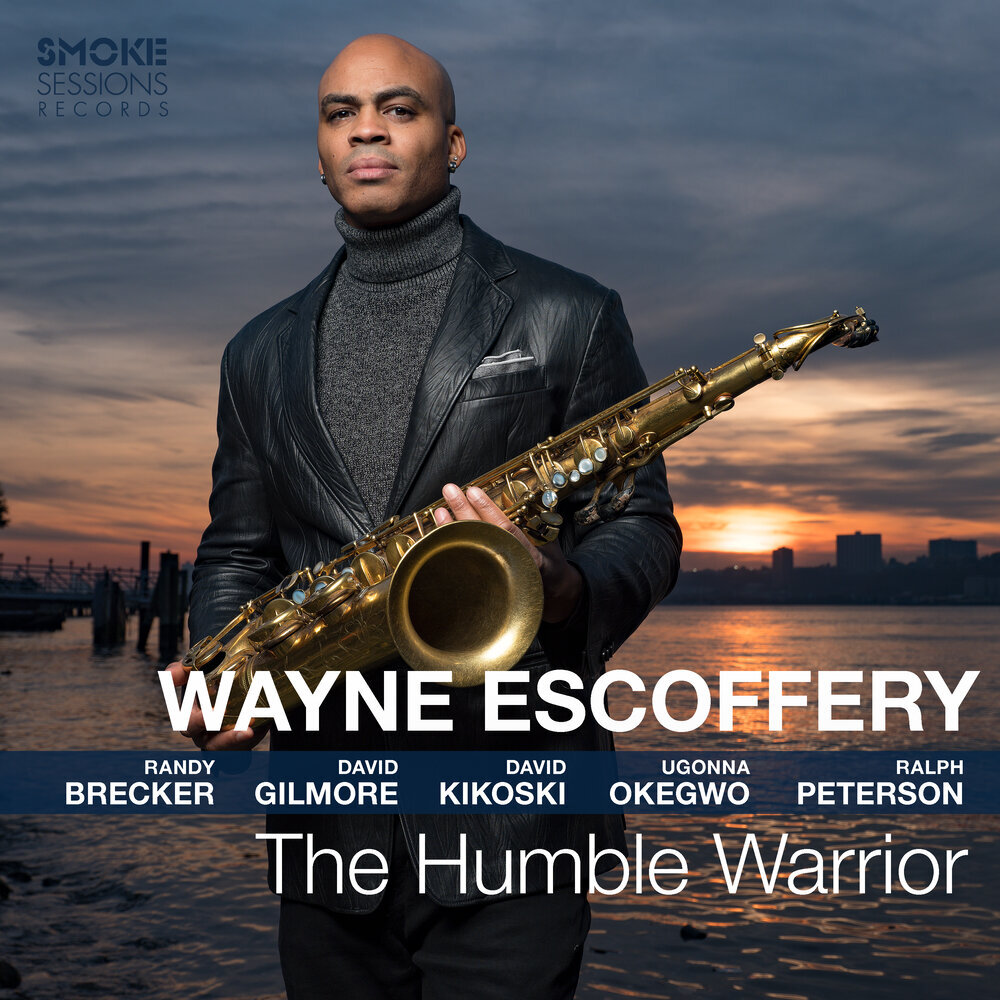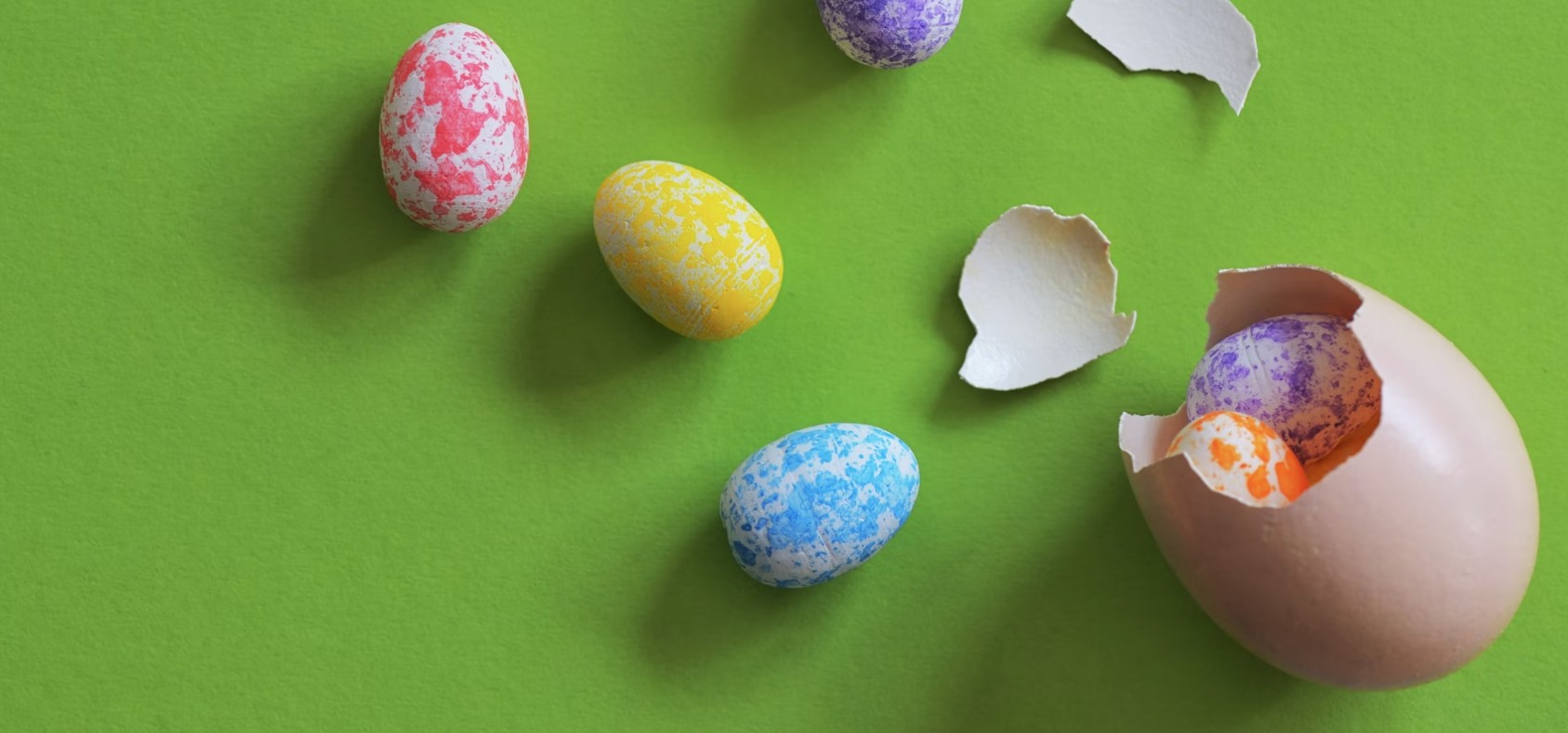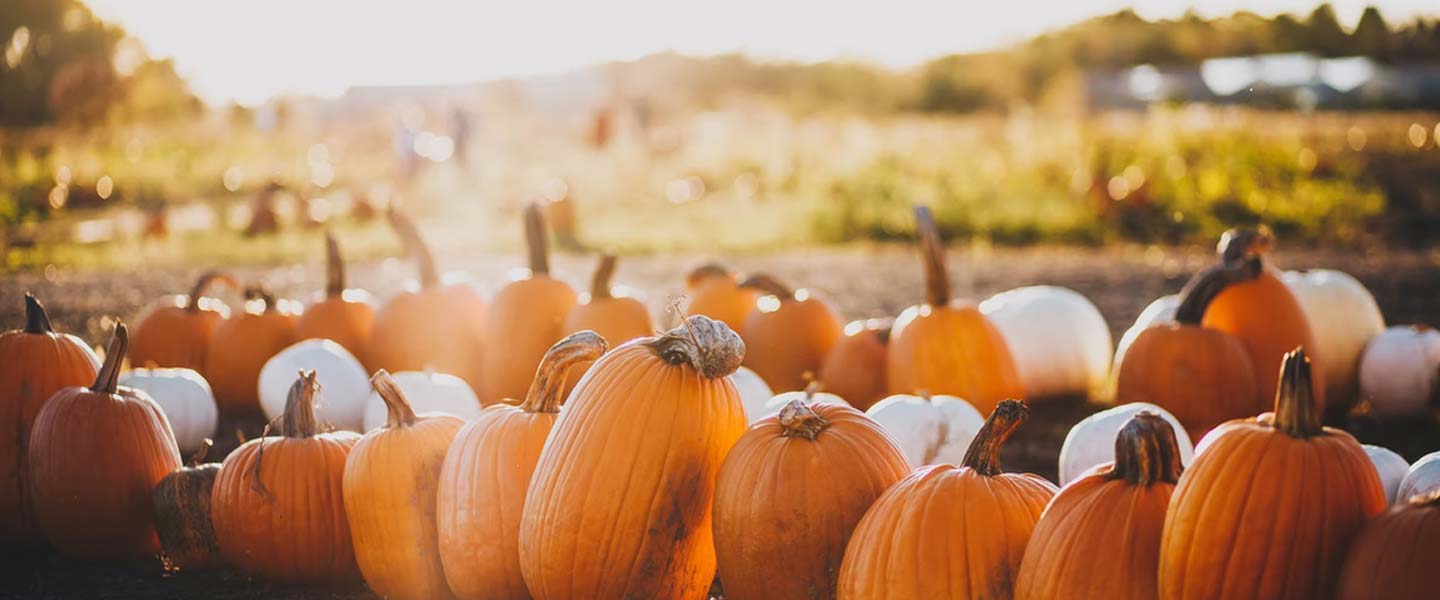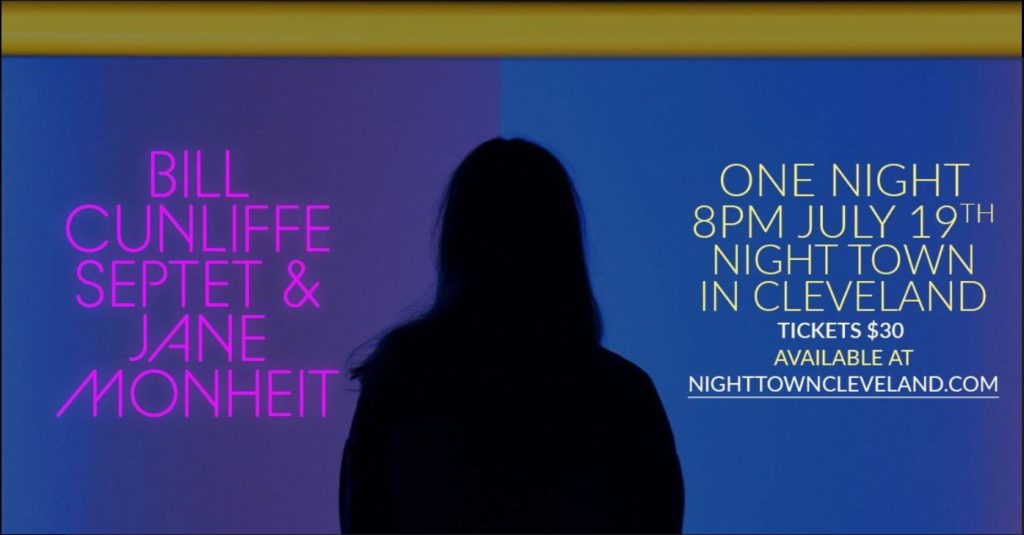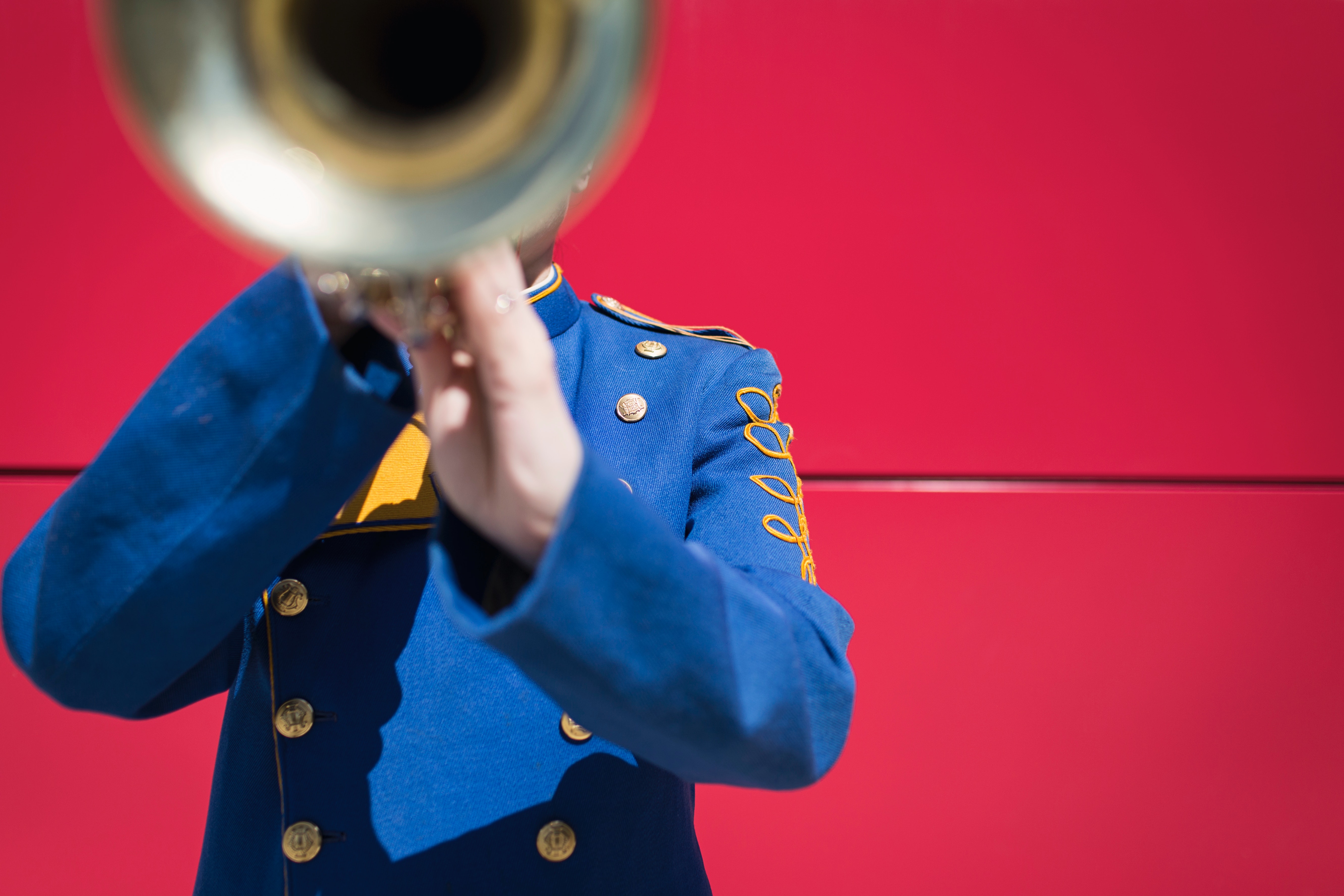Patriotic Songs to Listen to on Flag Day
Patriotic Songs to Listen to on Flag Day
Did you know that at the start of the American Revolution in 1775, regiments all fought under their own flags? A flag was then made to unify everyone—the “Continental Colors.” Only problem was that the flag had a Union Jack in the corner and therefore was much too similar to the British flag. Finally, in 1777, what we now recognize as “Old Glory,” or the Stars and Stripes, was created. Legend has it that the upholsterer Betsy Ross made the first American flag, but there is actually no historical evidence of this.
In 1885, a teacher from Wisconsin named came up with the idea to have a holiday that honored the American flag, and then in 1916, President Woodrow Wilson officially established June 14th as Flag Day.
So, now that you know a bit more about the history behind the holiday, it’s time to celebrate, right?
We gathered up some songs that pay tribute to “Old Glory,” and honor our American and revolutionary history. Invite your relatives over for a BBQ, or a dip in the pool, and enjoy!
Johnny Cash – Ragged Old Flag
A spoken word monologue set against a backdrop of the snare drum, this 1974 song tells the story of an old man who is mighty proud of the flag hanging in his small town. You see, we got a little hole in that flag there when Washington took it across the Delaware …
Cash released the album Ragged Old Flag following President Richard Nixon’s resignation. He seems to have wanted to reunite Americans those during difficult times. The song suggests that despite the negative moments throughout history, hope will persevere, and the flag will still continue to fly.
Dolly Parton – Color Me America
This lesser-known song from living legend Dolly Parton is definitely worth a listen. As usual, her vocals are stellar, and the delivery is direct and strong.
The ballad comes from Parton’s 2003 album For God and Country, which sought to provide comfort and solace to the nation following the 9/11 attacks. The lyrics certainly don’t shy away from the ugliness present in our country, but they also manage to still drive home the message that love overpowers all: I see red when evil speaks spilling red blood on our streets and I feel blue from grief and sorrow that it brings but the white and light of love God’s own spirit like a dove lift’s us up and hands to us an olive branch.
Billy Murray – You’re a Grand Old Flag
Talk about an oldie but a goodie—this patriotic march was written in 1906 for a musical titled George Washington, Jr and is now stored in the Library of Congress. With all of our technology today, this spirited march may not seem like much to you, but shortly after it was originally performed on stage, it became the first song from a musical to sell over one million copies of sheet music!
Another interesting fact: the song title was inspired by an encounter the writer had with a veteran who fought at Gettysburg in the Civil War. The vet had an old flag carefully folded up that he referred to as “a grand old rag.” There were many objections, however, to the song title because some people didn’t feel comfortable referring to the American flag as a rag.
Although Night is Alive is yet to produce an American-themed album, we do have an album of country jazz, called Cryin’ in My Whiskey, which is available in our store and on all major music platforms today.
This blog post was written by Blog Editor, Jacqueline Knirnschild.

